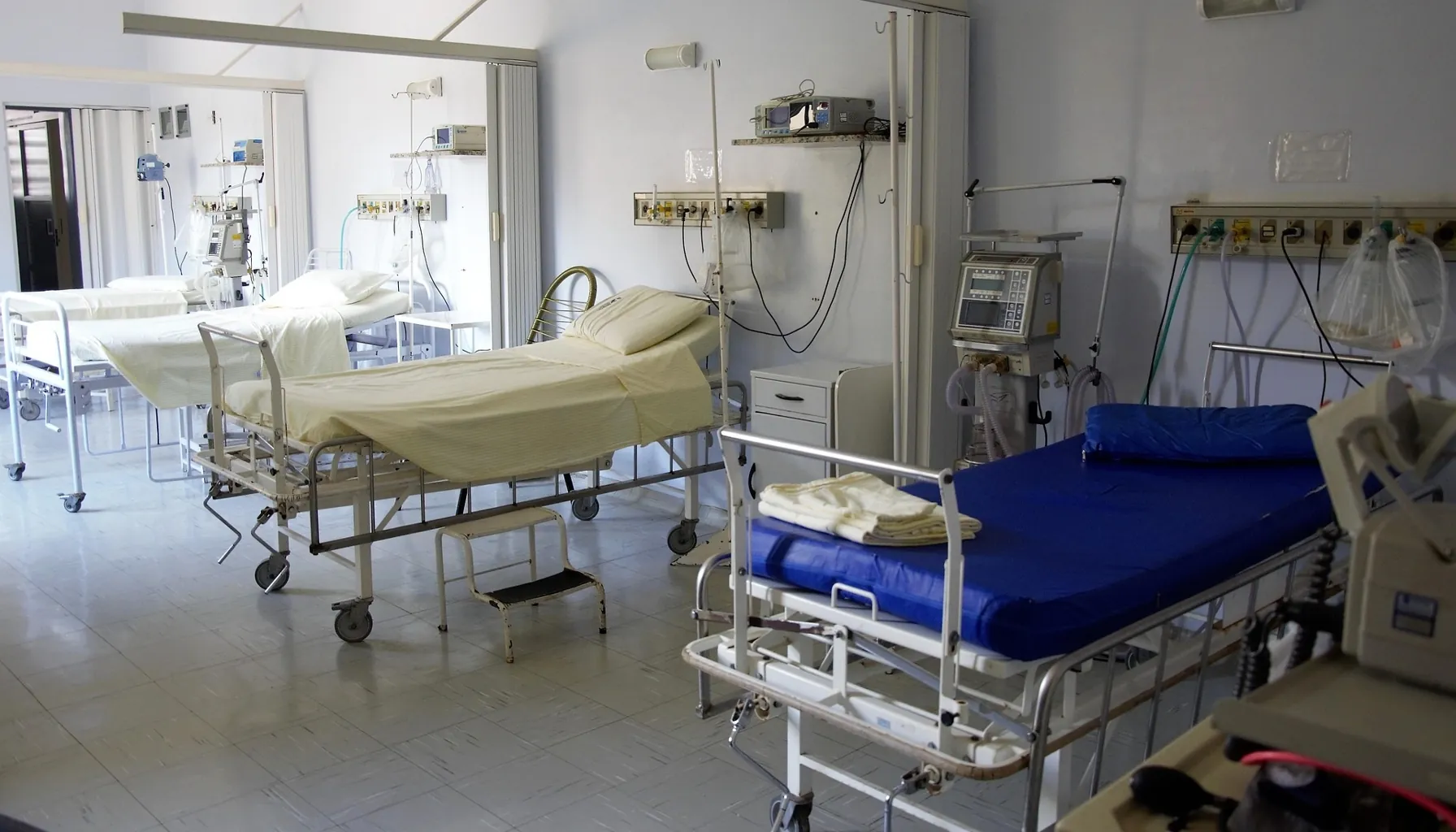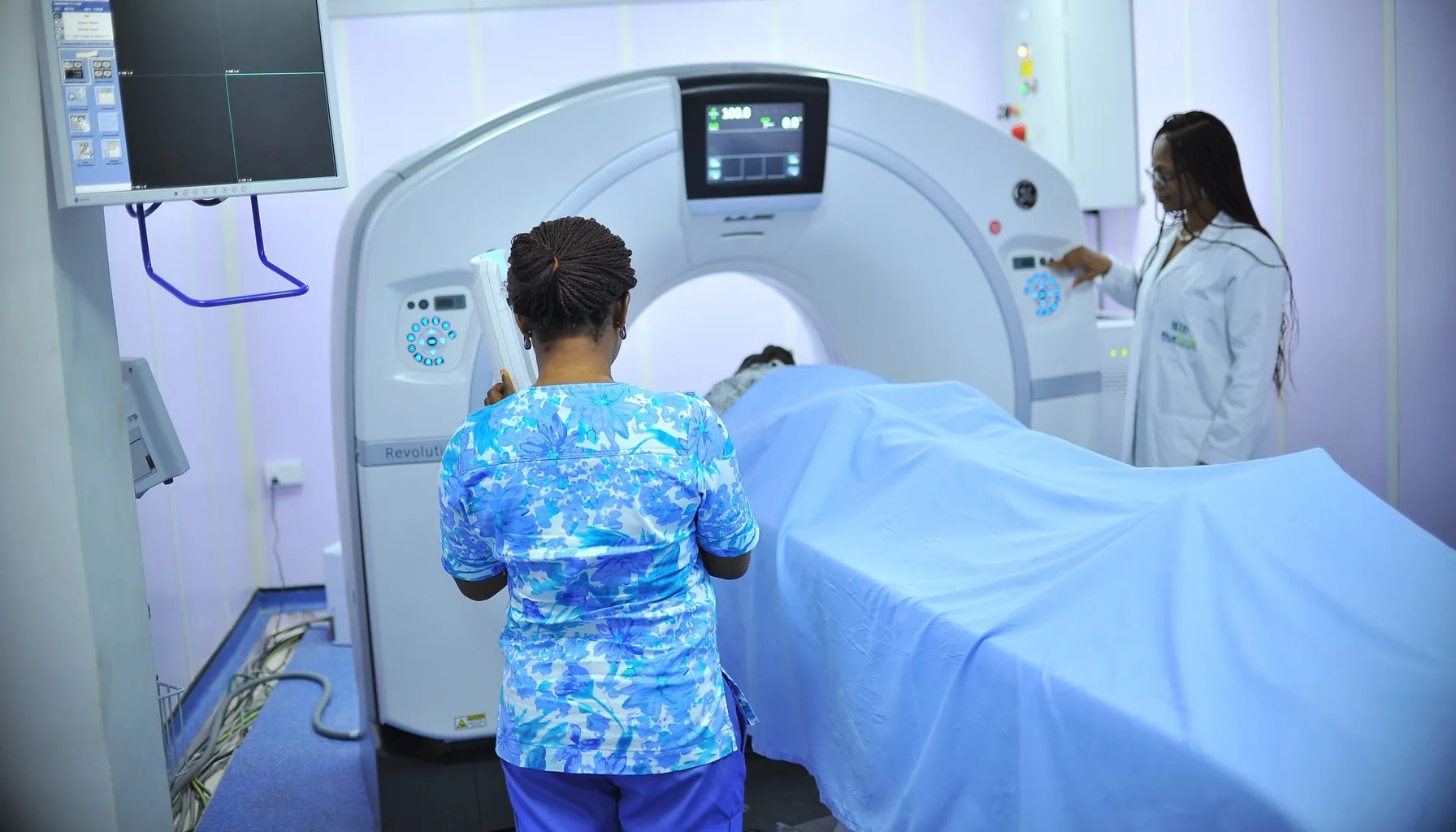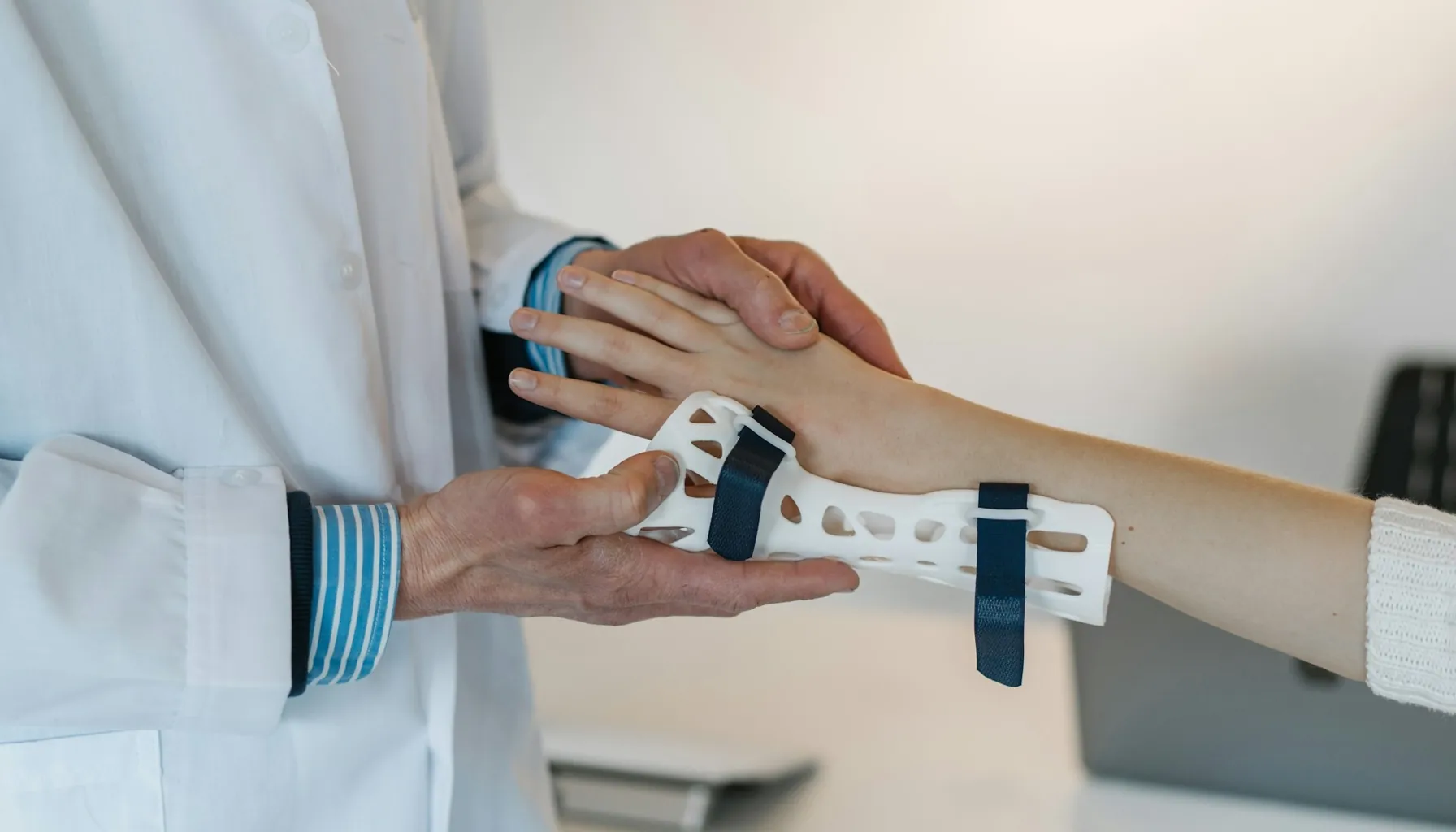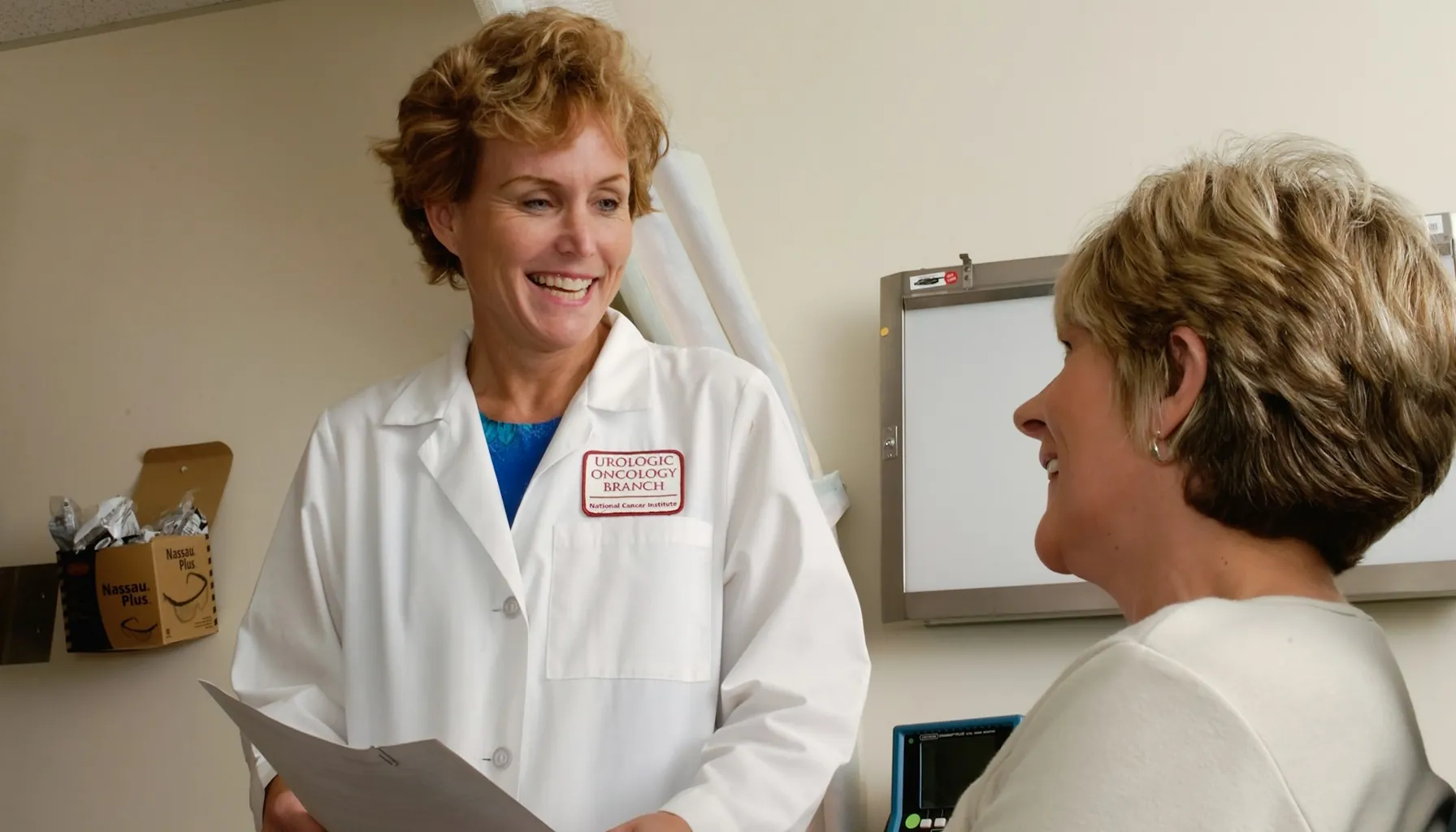Nosocomephobia: Definition, Symptoms and Treatment

Contents:
Most people don't associate hospital stays with pleasure. For some, the distant smell of medications, injections, people waiting in line, and discussions of illnesses linger. For others, this discomfort develops into something more serious—nosocomephobia, an overwhelming fear of being in a medical facility.
It stops them from seeking medical help on time, delays care, and little by little reduces their quality of life.
But there are ways to reduce stress in everyday life: simple cognitive practices, breathing breaks, and attention training. Free mind games—easy exercises that maintain concentration and make stress more manageable—can also help.

What is Nosocomephobia?
This question is often asked by patients experiencing panic at the thought of going to the hospital. The term comes from the Greek nosos ("disease") and the Latin phobos ("fear"). It's a form of specific anxiety in which the sight of a hospital building or the need for an examination triggers strong reactions.
Nosocomephobia Meaning and Origins
Researchers classify this condition as a specific phobia, which also includes other intense fears, such as those of enclosed spaces or insects.
In the case of hospitals, the triggers may be the smell of antiseptics, the sight of medical equipment, or associations with loss. The fear often develops after childhood experiences of long-term treatment or a serious illness in a loved one.
Nosocomephobia Definition in Clinical Context
The definition describes a persistent, irrational fear, out of proportion to the actual threat. This distinguishes a phobia from a simple aversion: a person may recognize that their reactions are irrational, but is unable to control them.
Nosocomephobia Symptoms

Physical and Cognitive Signs
Symptoms appear at various levels:
increased heart rate and shortness of breath;
trembling, sweating, nausea;
thoughts of impending danger;
an obsessive urge to leave the room;
panic attacks at the mention of hospitalization.
Emotional and Behavioral Reactions
People avoid visits even when they need to support a loved one or undergo a routine checkup. Refusal can bring complications, and for some, a sense of guilt for not being there for loved ones.
Causes of Nosocomephobia
Traumatic Experiences and Media Influence
Nosocomephobia meaning is often rooted in childhood trauma. Situations where a child witnesses a parent's suffering or losing a loved one in a hospital reinforce strong associations. The information environment also plays a role: media reports of medical errors or a lack of resources increase mistrust of medical institutions.
Relation to Other Fears
Phobias can develop at the intersection of other anxiety states. For example, dentophobia—the fear of dentists—increases the likelihood of a strong reaction to any medical intervention. A link has also been noted with the fear of death and injections.
Diagnostic Aspects
Nosocomephobia Test Approaches
There are few standardized tools, but a specialized questionnaire is used. The doctor evaluates:
the intensity of fear;
the duration of symptoms;
the impact on daily life;
avoidance even in the face of a health threat.
The specialist must distinguish this disorder from generalized anxiety disorder and panic attacks. Family history is also assessed, as heredity plays a significant role.

Nosocomephobia Treatment
Cognitive and Behavioral Approaches
Treatment is based on psychotherapy combined with gradual exposure. The main methods are:
cognitive behavioral therapy, in which the patient learns to recognize and correct thoughts that increase anxiety;
exposure techniques: gradual exposure with triggers (first with photographs, then a visit to the clinic).
Hypnotherapy and Pharmacology
Hypnotherapy is sometimes used to modify subconscious responses. In severe cases, medications such as antidepressants or anxiolytics are prescribed. These medications don't eliminate the underlying cause, but they do make therapy easier.
Broader Impact and Daily Life
Why Nosocomephobia Matters
Fear of hospitalization can harm health, as people postpone hospital visits even when experiencing severe symptoms. The fear stops them from being close to relatives receiving care. That’s why the phobia is seen as a social problem.
Coping in Everyday Contexts
There are several strategies that can help manage anxiety:
choosing less crowded clinics;
being accompanied by a loved one;
breathing exercises and relaxation;
limiting caffeine and alcohol.
Public Health and Prevention

Societal Strategies
Healthcare systems are increasingly considering prevention of anxiety disorders. Schools and universities are rolling out programs that stress: going to the doctor isn’t a threat, it’s a way to protect your health. For families with children, early anxiety-relieving conversations are recommended.
Reducing Stigma and Building Trust
Working on perceptions of medicine is becoming an important focus: publications about positive experiences, open hospital tours, and the introduction of modern, stress-reducing designs. All of this builds trust and reduces fear.
Self-Help Practices
Everyday Tools
People can independently employ techniques to make their interactions with healthcare professionals easier:
schedule appointments in advance;
bring a book or music with them for distraction;
keep an anxiety diary, recording their reactions.
Short attention training sessions using apps like Mind Elevate can help them learn to control their inner responses.
Sometimes, phobias overlap with rarer conditions. For example, in severe dementophobia, the fear of hospitals intensifies, as they are associated with cognitive loss. This highlights the need for a thorough diagnosis.

Prognosis and Outlook
Can Nosocomephobia Be Cured?
There is no complete "cure," but regular therapy with a specialist significantly reduces symptoms. Most patients report improvement after 8-12 psychotherapy sessions. Combined with family support and gradual exposure to the clinic, sting control can be achieved.
Everyday Balance
Even if some reactions persist, people find ways to manage their fear and delay medical care. A balance between professional support and personal efforts makes the phobia less limiting.
Comparative Table: Related Hospital Phobias
Phobia | Object of Fear | Possible Consequences |
Nosocomephobia | Hospitals | Refusal of treatment, panic attacks |
Iatrophobia | Doctors | Avoidance of consultations |
Hemophobia | Sight of blood | Fainting, acute anxiety |
Trypanophobia | Needles, injections | Refusal of vaccination and procedures |
Thanatophobia | Death | Intensification of other anxiety disorders |
What This Means for You
Nosocomephobia may seem almost irrational, but in reality, it deprives one of support at the most vulnerable moments. This fear prevents one from caring for oneself and for those one certainly doesn't want to lose. However, it's not a life sentence.
It can be managed: step by step, through a series of small practices, stories, and psychotherapy. It’s a long road, but it helps bring back the sense that life isn’t slipping away and that care doesn’t turn into panic.





